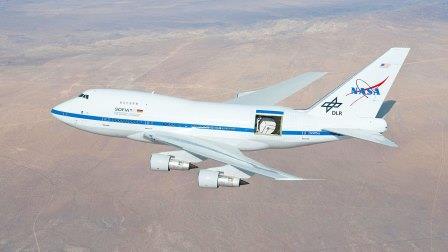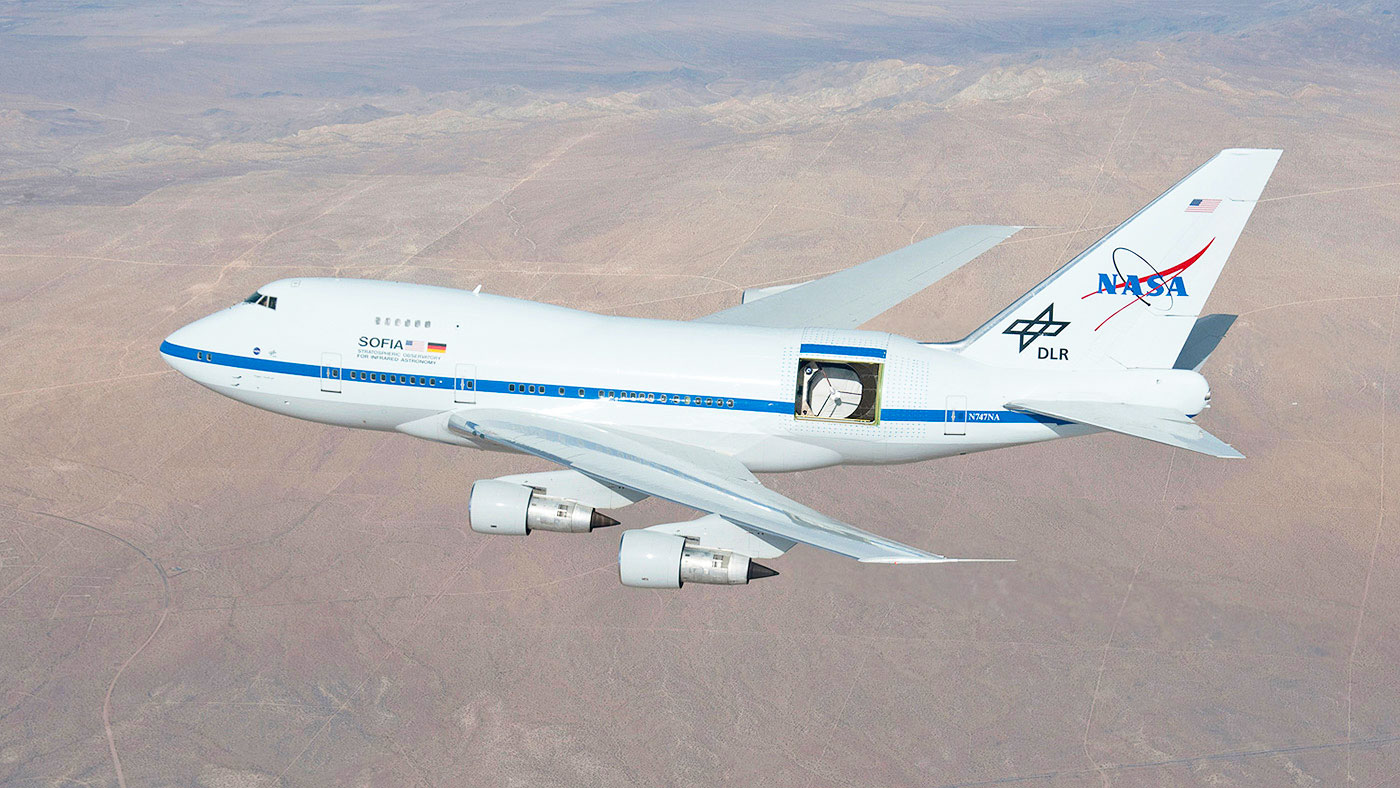NASA and Germany extend the life of their flying observatory
SOFIA, the airborne telescope that backed up New Horizons in studying Pluto, will go on flights to observe our universe until the end of 2020. NASA and the German Aerospace Center (Deutsches Zentrum für Luft- und Raumfahrt or DLR) have extended their joint project for four more years. SOFIA is a 17-ton infrared telescope with an 8.9-foot-diameter primary mirror fitted into a Boeing 747SP wide-body plane. A hatch on the aircraft slides open so the telescope can get a view of the sky. And since it operates at altitudes of about 41,000 feet, it can make its observations above most of the water vapor in the Earth’s atmosphere, which blocks some infrared waves.
SOFIA has flown at least 250 10-hour flights since 2011, studying the atmosphere, comets, planets and stars. While the new contract is only until 2020, the aircraft itself was designed to last until 2030. NASA and DLR will sit down again in 2018 to determine whether they should extend the partnership even further.
(44)



